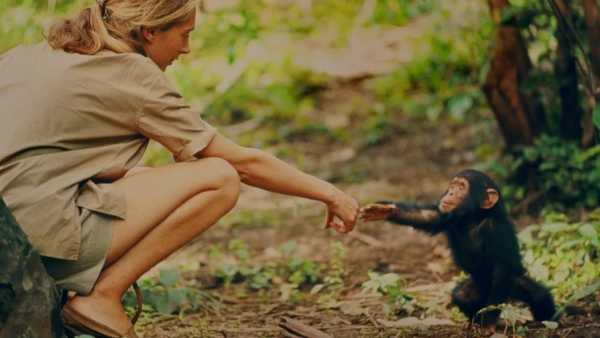
Jane Goodall and baby chimpanzee Flint in Gombe, Tanzania. Flint, the first baby chimpanzee born after Jane's arrival, provided her with a rare opportunity to study animal development, although physical contact with wild chimpanzees is currently considered unethical. (Image: National Geographic Creative/Hugo van Lawick)
When Jane Goodall stepped off a boat in what is now Gombe National Park in Tanzania on July 14, 1960, she began a journey that would change science forever.
Armed with a notebook and binoculars, Goodall positioned herself away from the chimpanzees (Pan troglodytes) she'd been sent to observe and gradually gained their trust. Thanks to this patience, the chimpanzees were able to “habituate”—the process by which wild animals become accustomed to human presence to the point where they begin to behave normally.
You may like
-
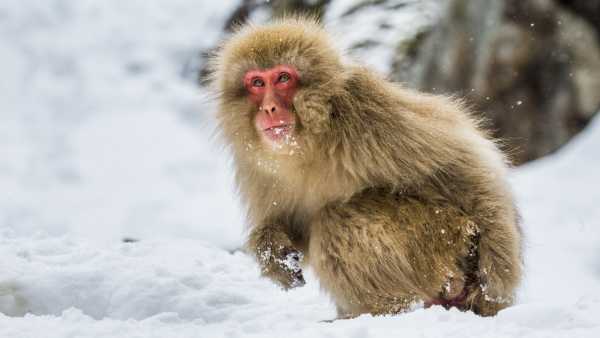
Earth's first primates evolved in the cold, not the tropics.
-

DNA has an expiration date. But proteins reveal secrets of our ancient ancestors that we never suspected.
-

“We certainly weren't the exception, but now we're the only ones left”: In the new PBS series “Human,” anthropologist Ella Al-Shamahi explores how humans came to dominate the Earth.
Toolmaker Chimpanzee
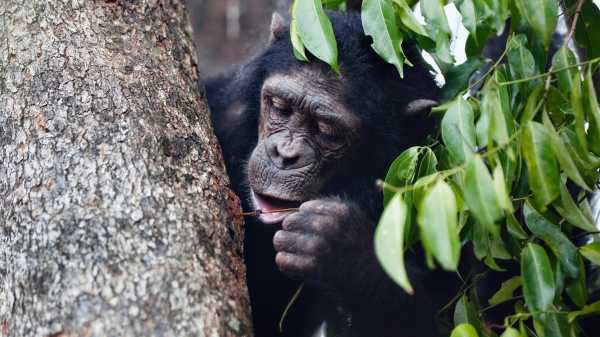
A chimpanzee catches ants with a stick in Mahale Mountains National Park, Tanzania.
Goodall's first revolutionary discovery was that humans weren't alone in creating and using tools. In October 1960, she observed David Greybeard—a high-ranking adult male who was the first to relax in her presence—poking a stick into a termite mound to dislodge its inhabitants.
Until then, scientists had assumed that only humans possessed the brainpower for such behavior. “It is in toolmaking that man is unique,” wrote Kenneth Oakley, a 20th-century anthropologist and paleontologist, at a conference held at the Natural History Museum in London in 1947. “The working of sticks and stones for specific purposes was the first recognizable human activity,” he said.
The study of tool use in chimpanzees and animals in general is currently a rapidly developing field of research. Chimpanzees throughout Africa are known to catch termites, and West African chimpanzees are experts at using stones to crack hard nut shells. Primatologists now regularly observe chimpanzees using tools to understand how hominins may have accomplished similar tasks, including termite catching.
Every man for himself
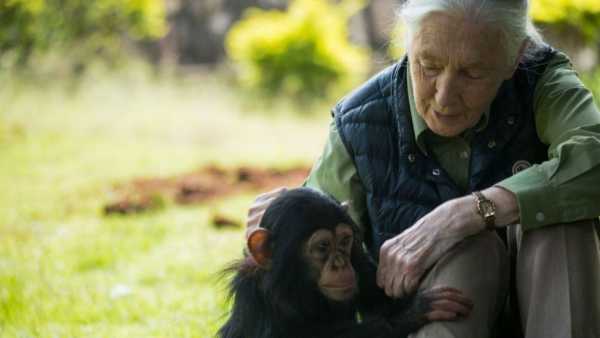
Jane Goodall with a young chimpanzee during a visit to the Uganda Wildlife Education Centre in 2018.
Goodall challenged conventional wisdom by giving each member of the Kasakela chimpanzee community a name, such as Flo, Fifi, and Goliath, rather than a number. She also observed that each member had a distinct personality: for example, David Greybeard was very gentle, while Frodo was a notorious bully.
Thanks to Goodall, the discovery of individual differences in chimpanzee behavior and cognition is no longer surprising, but this discovery paved the way for a wave of research into how personality influences behavior. This is important because behavioral differences can have significant evolutionary consequences, especially if they affect the ability to survive and reproduce—a key principle of evolution by natural selection.
Mother-child relationship
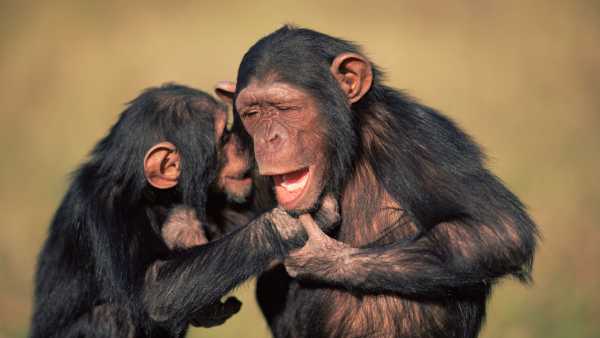
An orphaned female chimpanzee holds the hand of a male chimpanzee at Sweetwater Game Reserve, Kenya.
The birth of Flint in the early 1960s gave Goodall the opportunity to observe mothers caring for their newborns. Every interaction she witnessed was a new scientific discovery.
You may like
-
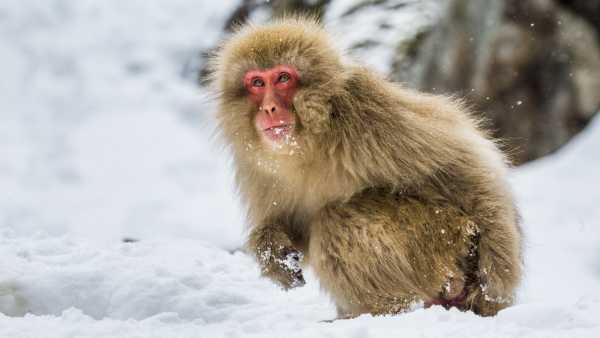
Earth's first primates evolved in the cold, not the tropics.
-

DNA has an expiration date. But proteins reveal secrets of our ancient ancestors that we never suspected.
-

“We certainly weren't the exception, but now we're the only ones left”: In the new PBS series “Human,” anthropologist Ella Al-Shamahi explores how humans came to dominate the Earth.
For example, Goodall observed that as infants grew older, mothers began to actively wean their young, depriving them of the opportunity to nurse and rejecting attempts to ride on their backs, while simultaneously exposing their infants to increasing amounts of social interaction.
Scientists now know that mothers play a crucial role during periods of learning complex skills, such as tool use. A 2019 study published in the journal PNAS found that chimpanzee mothers in the Republic of Congo may even actively teach their young how to catch termites by passing on their own sticks.
I'll be there for you
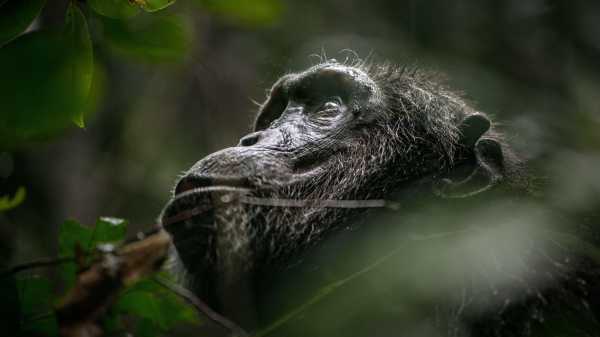
A wild chimpanzee surrounded by foliage in Kibale Forest, Uganda.
Beyond the mother-infant bond, Goodall also observed that chimpanzees form strong, long-term bonds with their family and other group members. Studies have shown that individual chimpanzees form close bonds with members of other sexes and ranks and share food with their peers.
Moreover, primatologists now know that chimpanzees possess exceptional social memory that complements these bonds. A 2023 study published in the journal PNAS found that chimpanzees recognize their former group mates nearly three decades after they last saw each other.
Goodall's discovery thus provided a key to understanding the previously unknown social lives of our closest living relatives and shed light on what these relationships can teach us about human social and cultural evolution.
For example, these close relationships and the resulting social tolerance they foster are the foundation of learning in chimpanzees, as they adopt a wide range of behaviors from other individuals. Furthermore, it has been argued that tolerance for conspecifics is a fundamental factor in the evolution of toolmaking and use in primates, including hominins.
The taste of blood
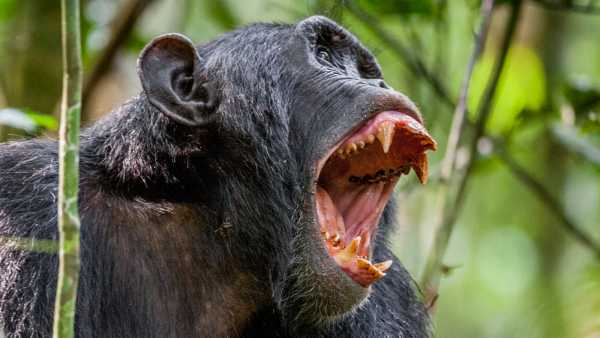
A chimpanzee calls out to members of its troop in a Ugandan rainforest.
Goodall's stay at Gombe also revealed that chimpanzees are not vegetarians, as previously thought. In fact, they are omnivorous and actively hunt for meat. Red colobus monkeys (genus Piliocolobus) are the primary prey for the Kasakela community, but it is now known that chimpanzees hunt a wide range of species across Africa.
For example, chimpanzees in Uganda hunt duikers, a type of antelope, and Fongoli chimpanzees in Senegal make spears to hunt bushbabies.
RELATED STORIES
Jane Goodall, the renowned primatologist who discovered chimpanzees' use of tools, has died at the age of 91.
—The documentary shows Jane Goodall in a new light using previously unseen footage.
— Jane Goodall says the pandemic was caused by “humanity's disrespect for nature.”
Goodall also discovered violence between members of different groups, a discovery that paved the way for extensive research on chimpanzee boundary patrolling, group-level cooperation, and reconciliation behavior.
We now know that oxytocin, the attachment hormone, is involved in post-conflict reconciliation, indicating its importance not only for building relationships but also for restoring them.

Sophie Berdugo, Social Link Navigator, Live Science Contributor
Sophie is a UK-based staff writer for Live Science. She covers a wide range of topics, having previously covered research ranging from bonobo communication to the first water in the universe. Her work has also appeared in publications such as New Scientist, The Observer, and BBC Wildlife, and her freelance work for New Scientist was shortlisted for the 2025 Association of British Science Journalists' Newcomer of the Year Award. Before becoming a science journalist, she earned a PhD in evolutionary anthropology from Oxford University, where she spent four years studying why some chimpanzees are better tool users than others.
You must verify your public display name before commenting.
Please log out and log back in. You will then be asked to enter a display name.
Exit Read more
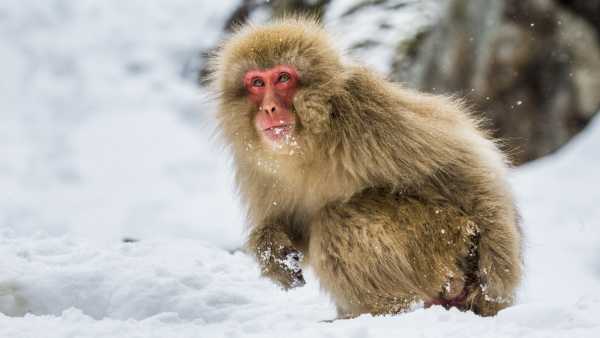
Earth's first primates evolved in the cold, not the tropics.

DNA has an expiration date. But proteins reveal secrets of our ancient ancestors that we never suspected.

“We certainly weren't the exception, but now we're the only ones left”: In the new PBS series “Human,” anthropologist Ella Al-Shamahi explores how humans came to dominate the Earth.
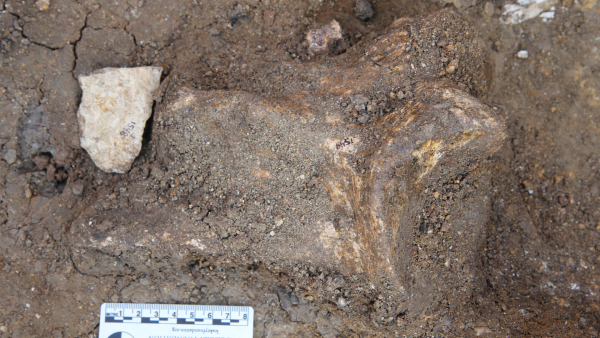
Stone tools dating back 2.6 million years show that early human ancestors were engaged in “forward planning” 600,000 years earlier than previously thought.
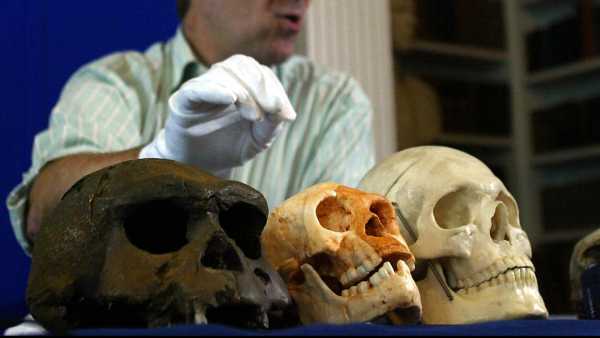
Ancient hobbits' growth slowed during childhood, showing that humans didn't always “get bigger and bigger in the brain.”
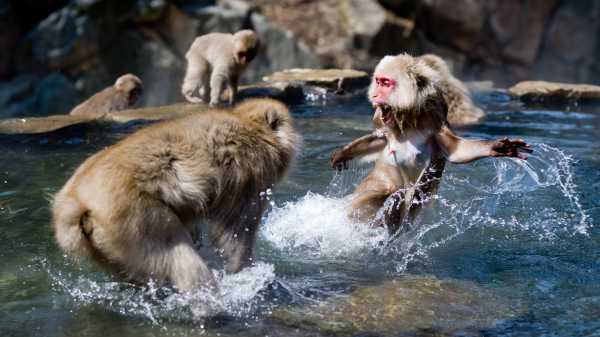
The study found that “alpha male” primates are rare, and females are about equally likely to dominate the opposite sex.
Latest news about land mammals
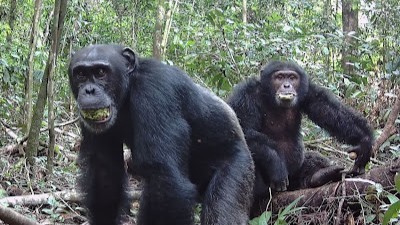
Chimpanzees eat fruits full of alcohol, but no, they don't get drunk.
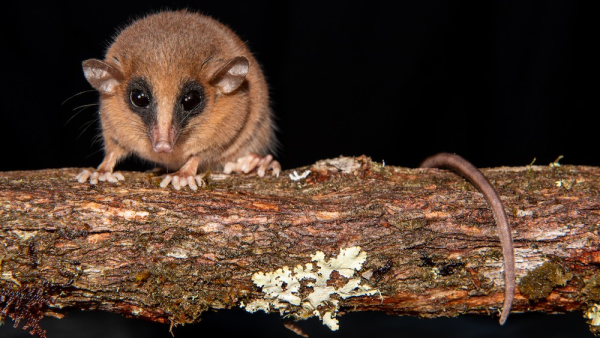
A mysterious creature discovered in Peru's 'forbidden cloud forest' is a new species of marsupial.
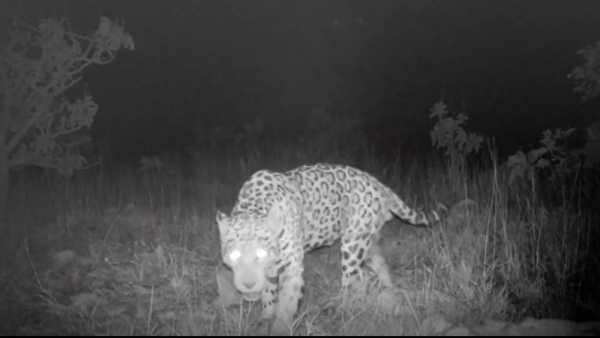
A jaguar in Brazil has broken the record for the longest swim of its kind.
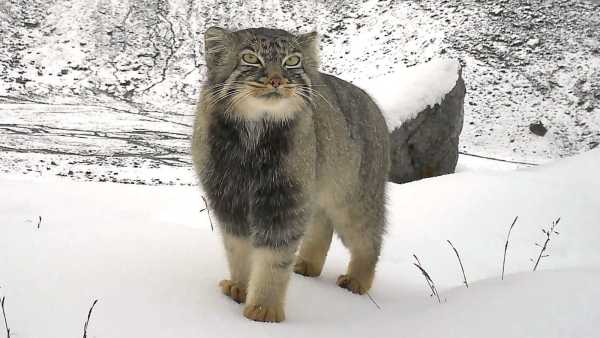
A grumpy Pallas's cat has been captured in a stunning camera trap photo from the Eastern Himalayas.
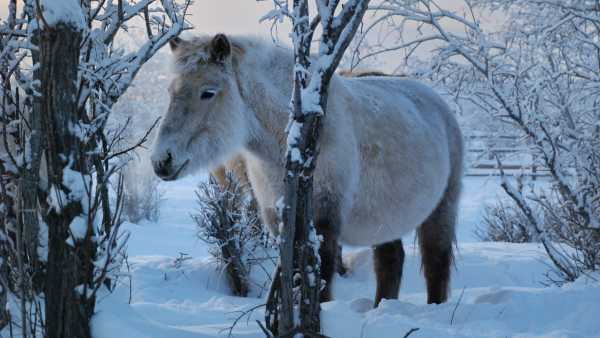
How the mystery of the origin of the small, hairy Yakut horses was revealed in the Siberian “gateway to the underworld”
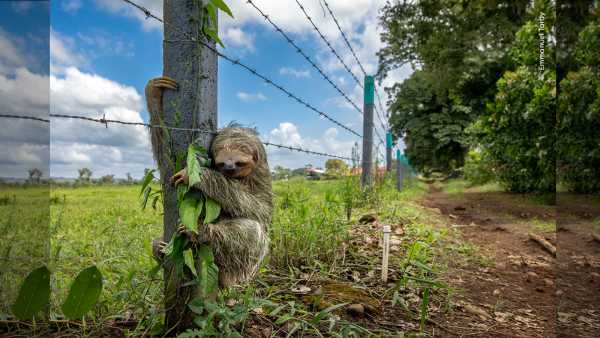
A heartbreaking photo shows a sloth clinging to barbed wire because it looks most like a tree.
The last one in the countdown
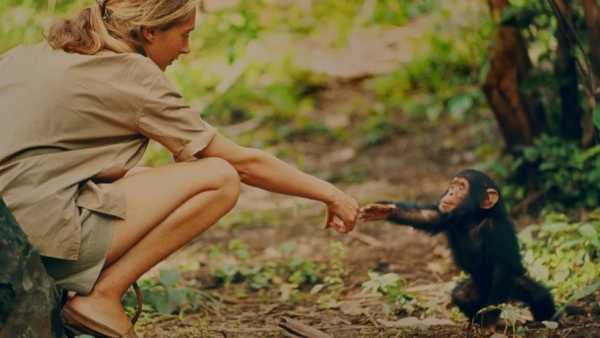
From tool use to warfare, here are five ways Jane Goodall revolutionized our knowledge of chimpanzees.

Go, Friend! The 5 Biggest Pirate Raids in History
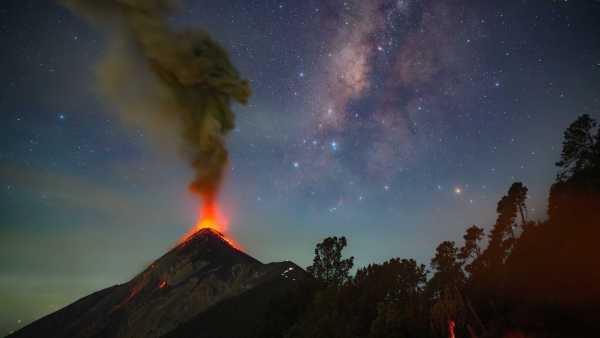
Check out the best photos of the Milky Way this year.

7 Viking Myths That Are (Almost) Completely False

Check out stunning photos of Saturday's partial solar eclipse
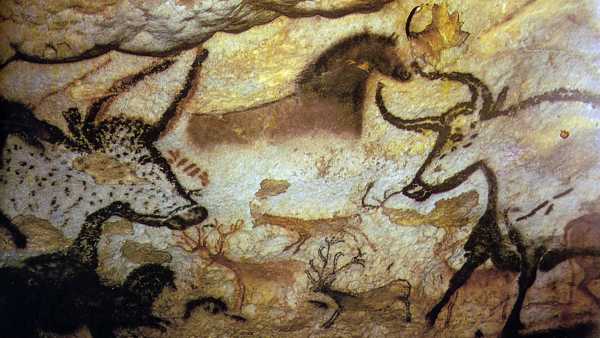
7 Mysterious Caves Ancient People Used for Art, Burials, and Butchery
LATEST ARTICLES

1History of Science: Invention of the Transistor Opens the Era of Computing – October 3, 1950
Live Science magazine is part of Future US Inc., an international media group and leading digital publisher. Visit our corporate website.
- About Us
- Contact Future experts
- Terms and Conditions
- Privacy Policy
- Cookie Policy
- Accessibility Statement
- Advertise with us
- Web notifications
- Career
- Editorial standards
- How to present history to us
© Future US, Inc. Full 7th Floor, 130 West 42nd Street, New York, NY 10036.
var dfp_config = { “site_platform”: “vanilla”, “keywords”: “type-countdown,type-news-trending,serversidehawk,van-enable-adviser-
Sourse: www.livescience.com





